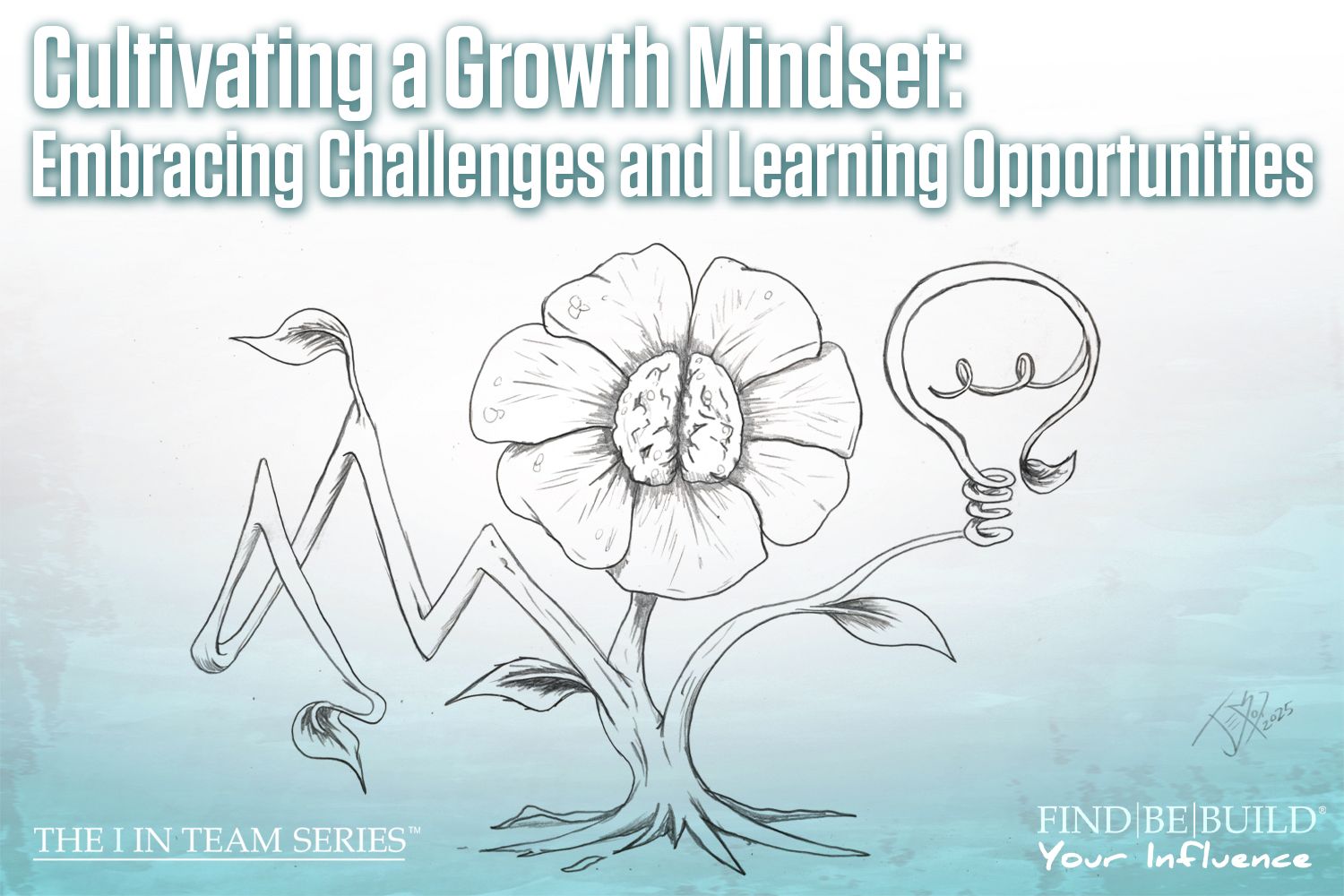Enhancing Interpersonal Relationships for Toxic Workplace Recovery

Hello, team! Mary here, continuing our journey through the I in Team series, where we challenge and empower you to Find, Be, and Build Your Influence. One of the most common things we’re asked to help our clients with is toxic workplace recovery. This directly connects to the culture of the team, and while rebuilding that culture takes time and intention, it is absolutely possible. In fact, with the guidance of our I in Team approach and S.M.A.R.T. Management system, we’ve successfully helped more than 19,000 teams evolve into high-performing, values-based cultures. If you’re ready to take the lead and breathe life back into your team, we’re here and ready to support you.
Practice Emotional Intelligence
One of the most impactful steps you can take on your toxic workplace recovery journey is to practice emotional intelligence (the ability to recognize, understand, and manage both your own emotions and the emotions of those around you).
Toxic environments are often the result of emotional disconnection, poor communication, unnecessary competition, and a culture that avoids constructive feedback. Begin by shifting your perspective: respond with empathy, ask thoughtful questions, and use “I” statements. These habits model two traits, emotional regulation and empathy, that influence how your team interacts and solves problems.
Start small. For example, set a personal goal to give one piece of sincere praise or recognition per day. This is a S.M.A.R.T. goal, and it starts to reinforce positive emotional exchanges. Over time, this contributes to a psychologically safe environment where people feel seen and supported.
Foster Open Communication
Once emotional intelligence begins to take root, toxic workplace recovery is just around the corner. Open communication becomes more natural because when team members are aware of their own and others’ emotions, communication becomes seamless.
The number one rule? Listen. Really listen. Without listening, communication is incomplete. Try implementing monthly influence partnerships—team pairings that rotate so members can get to know each other beyond surface-level roles. This creates connection and, when done with consistency (Timely), fosters trust across your team.
Another way to build open communication is by creating a structured feedback loop. Clarify how and when feedback should be given—perhaps during weekly one-on-ones or monthly review meetings—and make sure all team members understand the difference between criticism and constructive feedback. S.M.A.R.T. feedback is Specific and Relevant, and when delivered with respect, it encourages team members to grow without fear.
Lead by Example
As we say throughout the I in Team series, everyone is a leader regardless of title. Whether you’re in the C-suite or just starting your first job, how you show up directly shapes the culture of your team.
To begin, set some respectful boundaries rooted in your values. Let others know what you need to succeed and what behaviors support or disrupt your work. When disagreements arise, demonstrate what respectful disagreement looks like—calm, focused on solutions, and free from personal attacks.
If your workplace has leaned into competition, shift the focus to collaboration. Collaborate on micro-goals, like shared tasks or cross-functional projects. Make the results Measurable and celebrate wins together (publicly, if possible). Consider S.M.A.R.T.-based team-building events (like problem-solving challenges or goal-setting workshops) to reinforce collaboration in a meaningful way.
Final Thoughts
Toxic workplace recovery starts with you. Every interaction, every word, every moment of listening is a chance to model what’s possible. Show up the way you want others to show up. If your team is struggling to rebuild or you need expert guidance, reach out. We’re here to help.
Let’s keep influencing responsibly and positively together.












